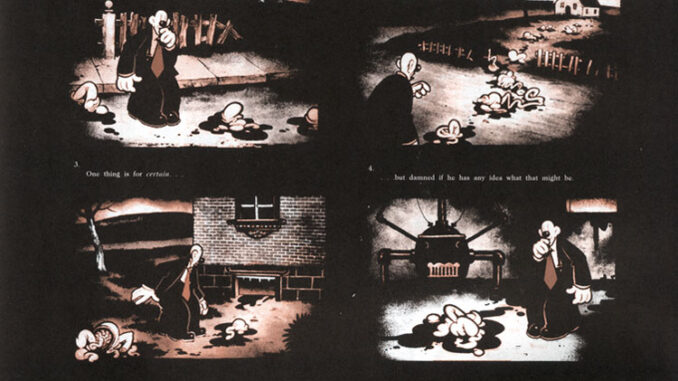
At the age of 18 Columbia was hired to assist Bill Sienkiewicz in illustrating Alan Moore‘s ambitious Big Numbers series. When Sienkiewicz withdrew from the series in 1990 after the release of the first two issues, Moore and his backers at Tundra Publishing asked the young Columbia to become its sole artist. In 1992, with no more issues released, Columbia himself left the project under a cloud of rumors and accusations, including claims that he had destroyed his own artwork for Big Numbers #4.Columbia declined to address the subject publicly for several years, writing in a 1998 letter to The Comics Journal that “I could easily launch into a tirade about the extensive horror of my Tundra experience, but I much prefer the very entertaining and conflicting accounts already in circulation.” In later statements he confirmed that he destroyed his artwork but disputed other claims by the principal figures in the fiasco.
In a 2011 article reflecting on his Big Numbers experience, Sienkiewicz wrote that he and Columbia had long since reconciled over the matter, and that he was content to “[c]halk the feud up to the folly of youth.”
Seymour Sunshine
A frequent protagonist in Columbia’s early work, Seymour Sunshine is a timid, passive manchild who resembles Koko the Clown. He first appeared in the story “No Tomorrow If I Must Return” in The Biologic Show #0. Other stories featuring the character include “I Was Killing When Killing Wasn’t Cool”, “Amnesia”, and “The Trumpets They Play!”.

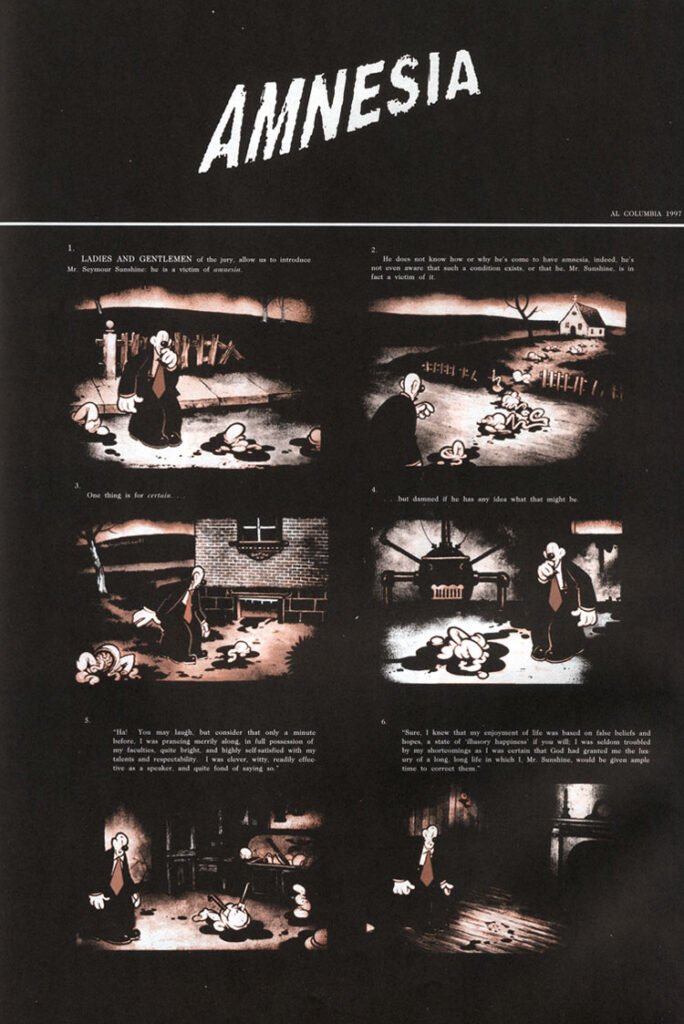
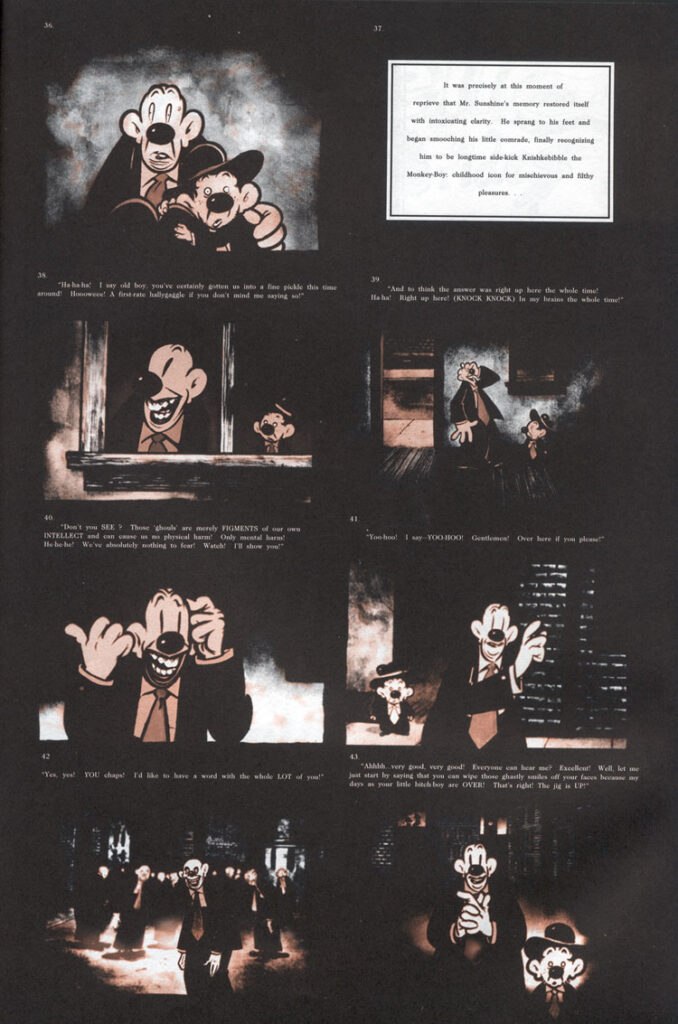
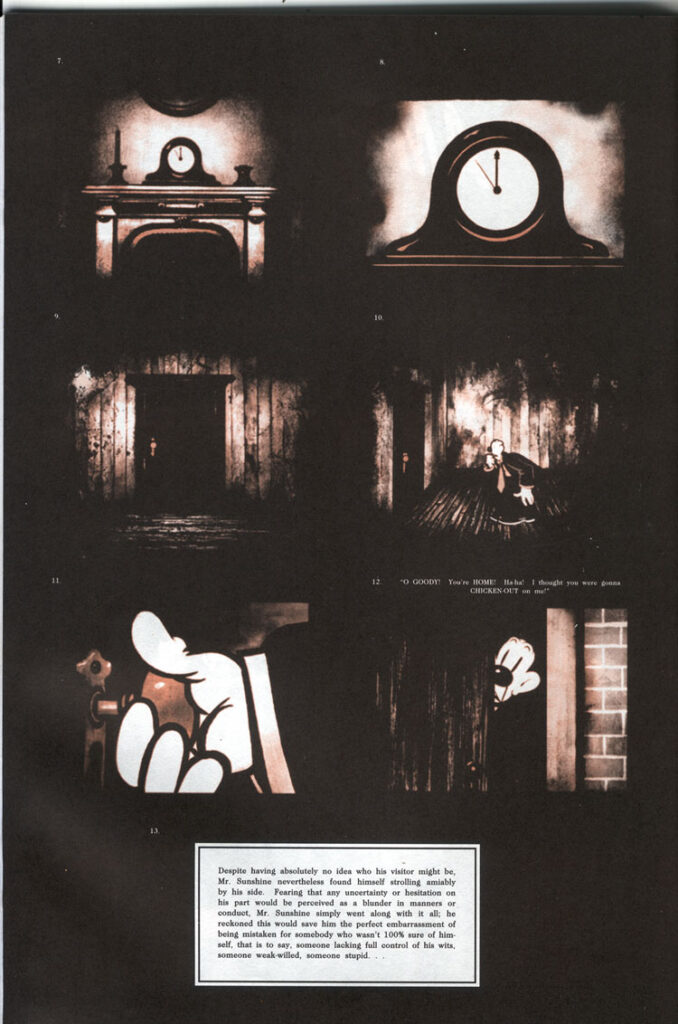
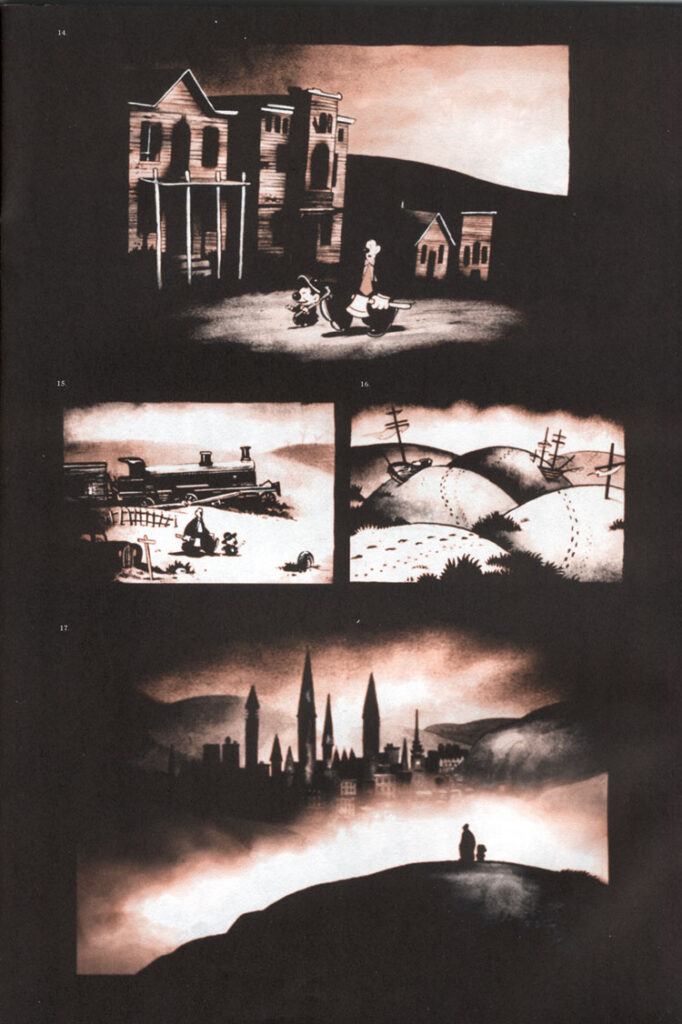
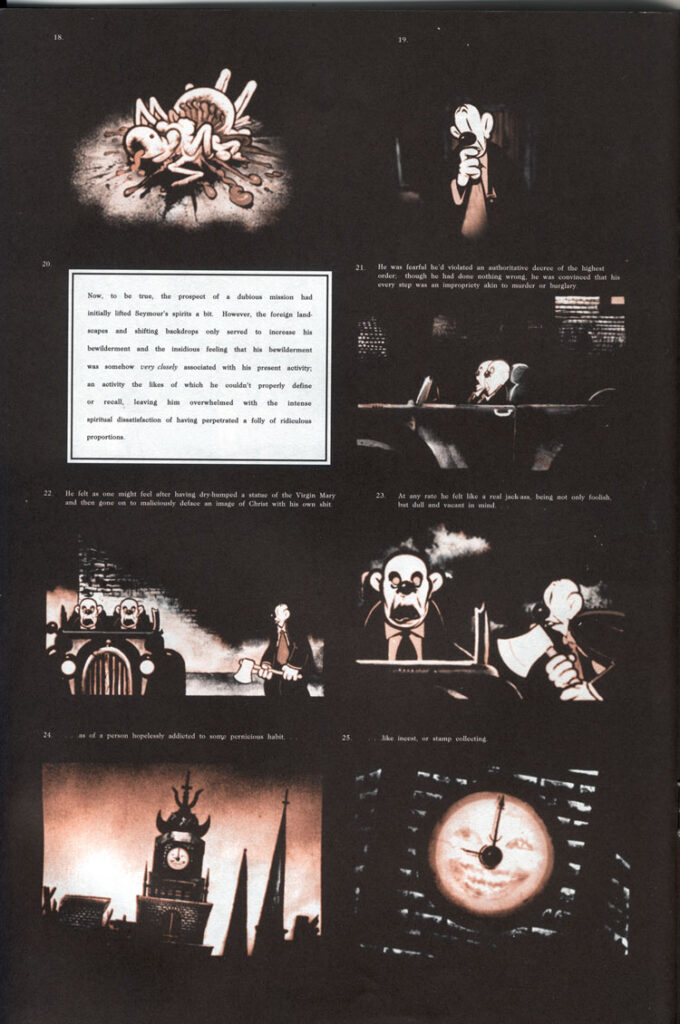
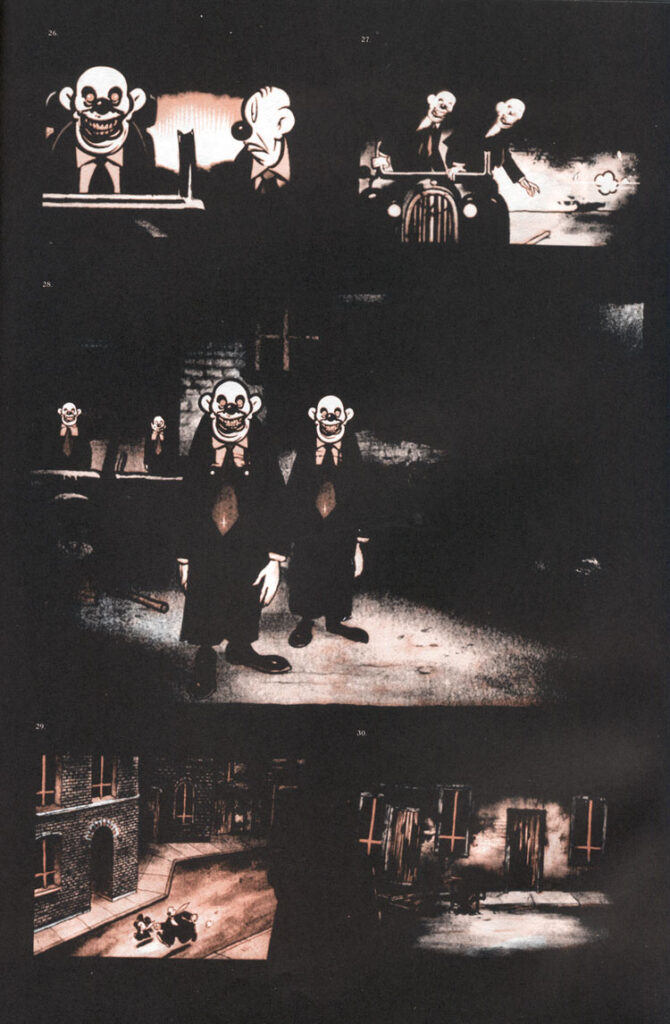
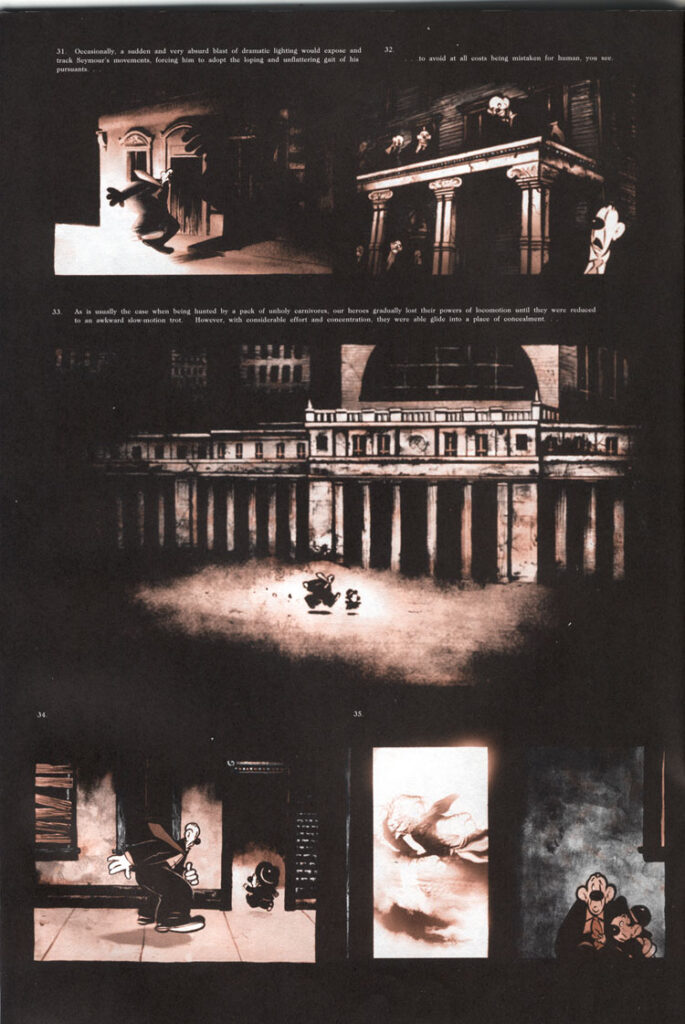
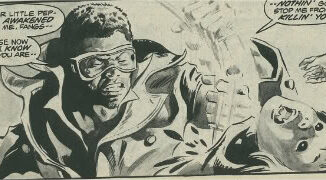

Be the first to comment